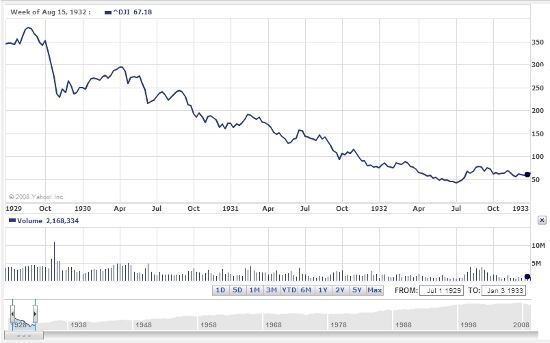Nominal SSA/Medicare “Solvency” Dates Worsen Slightly; Journalists Apoplectic
As I’ve thoroughly explained here and here, the whole Social Security “trust fund” issue is a joke. It’s an accounting gimmick designed to push the supposed date of concern out into the future.
When does Social Security become “insolvent”? Well, let’s look at what the word means:
adjective
not solvent; unable to satisfy creditors or discharge liabilities, either because liabilities exceed assets or because of inability to pay debts as they mature.
Assets are a printing press, taxpayers, or the farce of a “trust fund” that contains nothing but promises to raid the printing press or taxpayers in the future. There is absolutely nothing tangible there. Nothing backs up the future liabilities of the system.
But the accounting gimmick is still there, and people still argue as to what year Social Security and Medicare will start running into trouble. They argue about this as a problem to be solved for the future, but those dates for both Social Security and Medicare are coming in a bit as the economy collapses:
The financial health of Social Security and Medicare, the government’s two biggest benefit programs, have worsened because of the severe recession, and Medicare is now paying out more than it receives.
Trustees of the programs said Tuesday that Social Security will start paying out more in benefits than it collects in taxes in 2016, one year sooner than projected last year, and the giant trust fund will be depleted by 2037, four years sooner.
Medicare is in even worse shape. The trustees said the program for hospital expenses will pay out more in benefits than it collects this year and will be insolvent by 2017, two years earlier than the date projected in last year’s report.
The trust funds — which exist in paper form in a filing cabinet in Parkersburg, W.Va. — are bonds that are backed by the government’s “full faith and credit” but not by any actual assets. That money has been spent over the years to fund other parts of government. To redeem the trust fund bonds, the government would have to borrow in public debt markets or raise taxes.
I credit this AP writer for pointing out the italicized text, and for hammering the point home later in the article. Very few journalists have understood or expressed the idea that the “trust fund” is not full of actual assets, only promises. This doesn’t mean the situation will be bad in another decade and only dire in the 2037 time frame; it means this situation is worsening every year.
To illustrate this [yet again], let’s pull out a business example. Let’s create a corporation, and we’ll call it Ubiquitous Spending & Aggravation, Inc. We’ll use USA, Inc. for short.
Let’s say USA, Inc. has three divisions. They have the General Products Division, the Depends Adult Diaper Business Unit, and the Viagra & Ensure Business Unit. As you’d expect, one is a general purpose spending group, another caters to the general needs of the elderly, and the final caters to the medical needs of the elderly.
So assume that the below are true:
Today:
So it looks to me like USA, Inc. is losing $20 Million per year, but two business units are profitable. Would you call that a healthy company? Would you invest in it?
Now, let’s project earnings into the future.
2017:
So what’s happened here? The company is still losing $20M a year, and now the two previously profitable divisions are losing money, while the General Products division is actually earning money due to the CEO instituting his AMP – Advanced Mugging Policy. Does this now look like a healthy company? Does it now look investment-worthy? Unfortunately, you’re already invested, because their stock certificates are printed with the words “Federal Reserve Note”. And they’re going to be issuing new shares soon.
I’ve said it before and I’m sure I’ll say it again. This is all a shell game. As long as the government keeps borrowing money and the debt keeps going up, it doesn’t matter how the individual accounting entities are performing. They can raise payroll taxes, offset by a cut in the income tax, and if it’s overall revenue neutral, it doesn’t matter whether Social Security and Medicare are “saved”. About the only benefit to doing so would be that journalists could quit wasting ink arguing over whether 2016, 2017, 2137 or 2141 are the “important” milestones.
There are no “important milestones”. The feds are going to run a $1.8T deficit this year! The problems we have are far larger than a 4-year swing in projected “insolvency” of an entity that is completely insolvent right now. The only “assets” the Social Security administration has access to are the Federal Reserve printing press or our wallets, and you can be SURE they’re going to be reaching for both.



